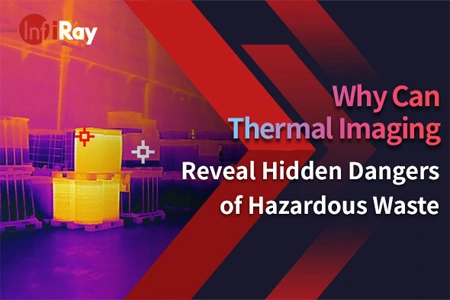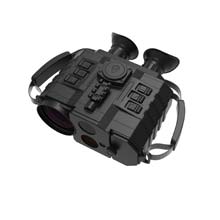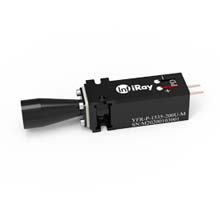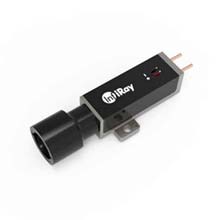Why Outdoor Experts Choose Thermal Over Night Vision
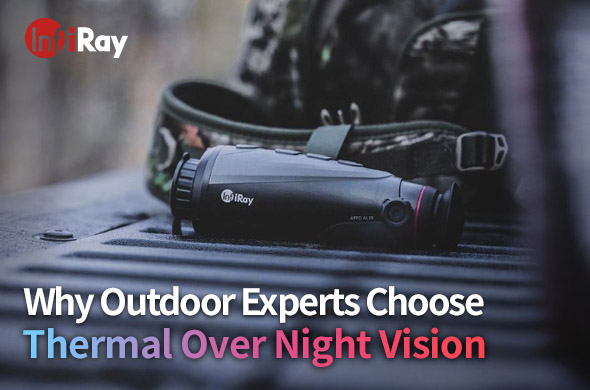
In the realm of outdoor exploration and security, the choice between thermal imaging and night vision has sparked a lively debate among experts. Picture this: You're navigating through the dense wilderness at night, or perhaps you're on a critical search and rescue mission in challenging conditions. The question arises—should you rely on thermal imaging or night vision? In this blog, we'll delve into the reasons why outdoor enthusiasts and professionals are increasingly favoring thermal overnight vision technology.
Understanding Thermal Imaging
Thermal imaging operates on the principle of detecting heat signatures emitted by objects and converting them into visible images. Its ability to capture heat variations, even in complete darkness, sets it apart. Thermal monocular doesn't rely on ambient light, making it a versatile choice for various outdoor scenarios.
In contrast, night vision amplifies existing light, enabling visibility in low-light conditions. However, it struggles in environments with minimal light sources, hindering its effectiveness.
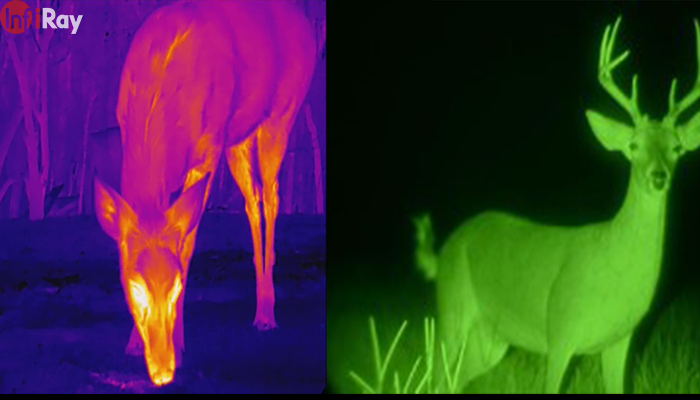
Advantages Leading to the Preference for Thermal Imaging
1. Enhanced Detection Capabilities: One of the primary reasons experts favor thermal imaging is its superior detection capabilities. Unlike night vision, which might miss objects in challenging conditions, it excels in detecting heat sources, providing a clear advantage in scenarios where precision matters.
2. Performance in Challenging Conditions: Thermal imaging shines in adverse conditions, such as fog, smoke, or complete darkness. Night vision, on the other hand, faces limitations in these scenarios, compromising its reliability. For outdoor experts, the ability to perform consistently in challenging environments is a game-changer.
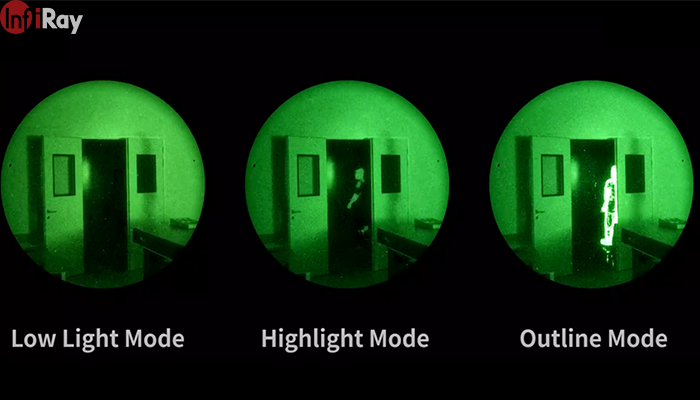
3. Cost-Effectiveness and Long-Term Viability: While night vision devices can be expensive, thermal imaging technology has become more accessible in recent years. Moreover, thermal devices often require less maintenance and are durable, offering a cost-effective and sustainable solution for outdoor enthusiasts in the long run.
4. Real-Life Testimonials from Outdoor Experts: Numerous testimonials from outdoor professionals highlight the real-world effectiveness of thermal cameras. Search and rescue teams, wildlife conservationists, and security personnel consistently report better outcomes when relying on thermal technology.
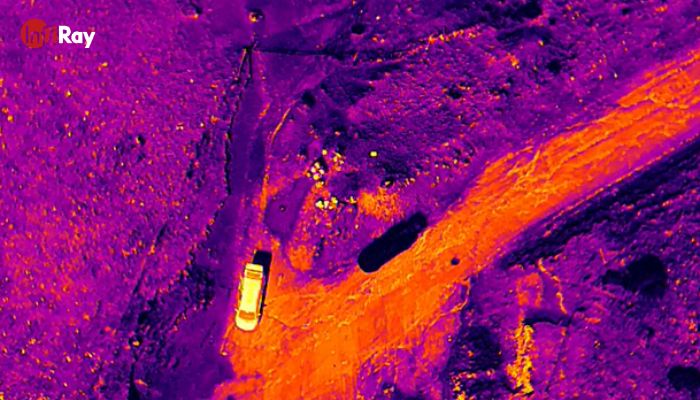
Use Cases in Different Outdoor Environments
1. Forest and Wilderness Exploration: Navigating dense forests or vast wilderness areas demands precision. A thermal imager, with its ability to detect body heat and distinguish between objects, provides a crucial advantage in these scenarios.
2. Search and Rescue Operations: When every second counts in search and rescue missions, thermal imaging's ability to locate individuals, even in challenging conditions, significantly improves the chances of a successful outcome.
3. Wildlife Observation and Conservation: Researchers and conservationists benefit from thermal imagers when studying elusive nocturnal animals. The technology enables non-intrusive observation without disrupting natural behaviors.
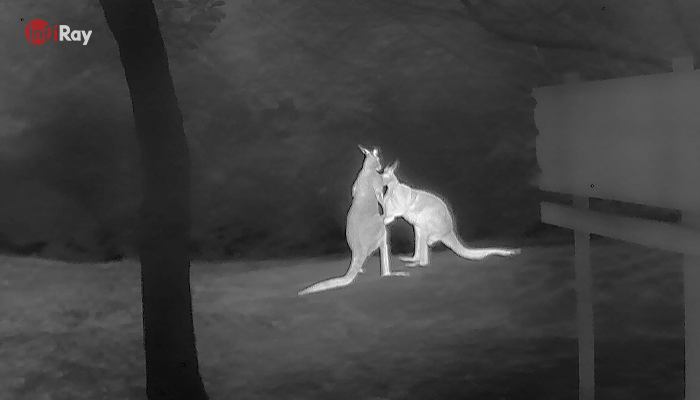
Addressing Common Misconceptions
Dispelling myths about thermal monoculars is crucial for a comprehensive understanding. Contrary to some beliefs, it is not affected by ambient light conditions, making it a reliable choice in various environments.
Choosing the Right Thermal Imaging Device
Selecting the right thermal imager device involves considering factors such as resolution, range, and additional features. For those on a budget, there are affordable options without compromising on performance. Recommendations from industry experts can guide you in making an informed decision.
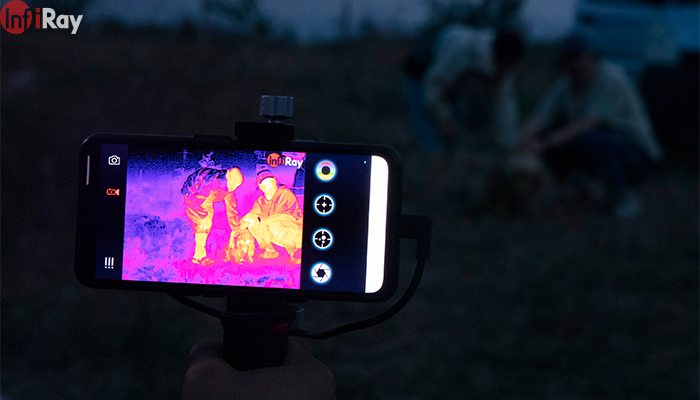
Future Trends in Outdoor Imaging Technologies
As technology continues to advance, the future of outdoor imaging looks promising. Emerging technologies promise even more sophisticated capabilities, further solidifying thermal imaging's position as the preferred choice for outdoor experts.
In the ongoing debate between thermal imaging and night vision, outdoor experts are leaning towards the former for its unmatched capabilities. The ability to detect heat sources in challenging conditions, cost-effectiveness, and long-term viability makes thermal imagers the go-to choice for professionals across various fields.









